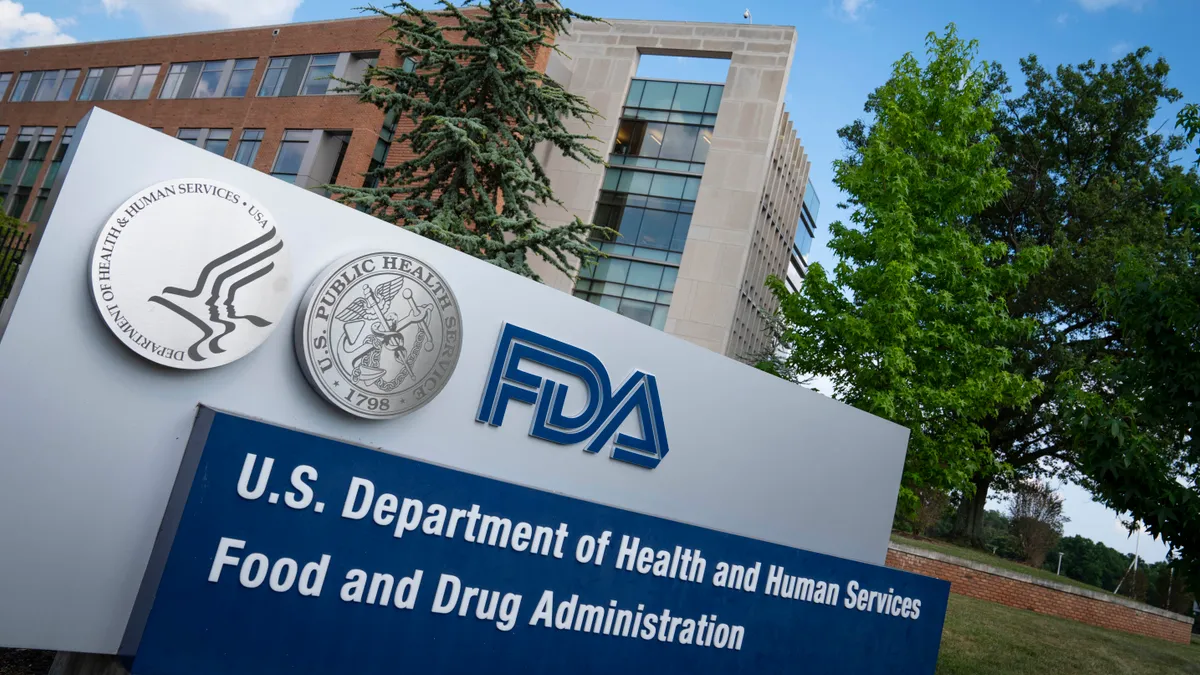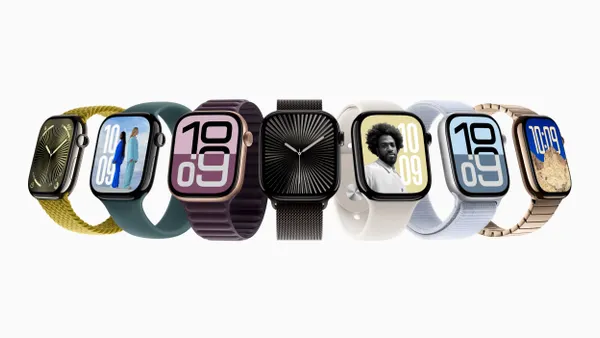The Food and Drug Administration is on course to deliver another record year for breakthrough medical device designations. At the midpoint of the year, the agency had granted 129 designations, putting it on track to break the previous full-year record of 206.
The number of designations has increased every year of the program. In 2015, 11 were issued under the Expedited Access Pathway, the precursor to the breakthrough program, while in 2019, the program topped 100 breakthrough designations for the first time. By 2021, the annual number of breakthrough medical device designations had climbed to more than 200 for the first time.
Earlier this year, the FDA provided an early sign that it could set a new record in 2022. By the end of March, the agency had granted 64 breakthrough device designations. If maintained throughout the year, the pace of designations seen in the first quarter would lead the FDA to grant a record 256 breakthrough designations in 2022.
In the second quarter, the agency granted another 65 breakthrough device designations to bring the total 2022 haul to 129 as of the end of June. The FDA already has granted more breakthrough device designations in 2022 than it did in all of 2019 and, given the latest data are almost six weeks old, may also have topped the 151 nods it awarded in 2020.
Neurology devices accounted for 12 of the breakthrough status awarded in the second quarter, making it the most active clinical area for new designations over the period. The total number of neurology device designations awarded by the FDA increased from 114 to 126, cementing the clinical area’s status as the second most active area of the program. Cardiovascular disease remains the most active area, while neurology is closing the gap, with its total rising from 158 to 163.
The FDA granted six breakthrough device designations in orthopedics, the third most active area of the program, to bring the total up to 77. The total number of designations across all clinical areas stood at 693 as of the end of June.
The number of breakthrough devices authorized by the FDA also increased in the second quarter, rising from 44 to 54 between the end of March and the end of June. The 10 authorizations represent a record for a single quarter. The agency authorized 15 breakthrough devices across all of last year, although with only one authorization happening in the first quarter, 2022 is still short of the full-year total for 2021.
Selected Q2 authorizations of breakthrough devices
TransMedics: The FDA awarded premarket approval to TransMedics’ OCS Heart System for use with organs from donors after circulatory death in April. The authorization covers ex vivo reanimation, functional monitoring and beating-heart preservation of donation-after-circulatory-death hearts. TransMedics previously received authorization to use the system to preserve hearts donated after brain death.
EarliTec Diagnostics: The 510(k) clearance of EarliTec Diagnostics’ EarliPoint Evaluation for autism spectrum disorder expanded the tools available to determine if children aged 16 to 30 months have ASD. The technology is designed to measure a child’s preferential attention to critical social information and, in doing so, provide the first objective measure to inform diagnosis.
Fujirebio Diagnostics: The FDA granted De Novo marketing authorization for Fujirebio Diagnostics’ Lumipulse G β-Amyloid Ratio in vitro diagnostic test in May. Using the test, physicians can assess beta-amyloid pathology in patients being evaluated for Alzheimer’s disease and other causes of cognitive decline. The test is the first authorized by the FDA to support the assessment of Alzheimer’s.
Renovia: The agency cleared Renovia’s first-line treatment for chronic fecal incontinence on the last day of the second quarter. The leva pelvic health system, which the FDA previously cleared to treat stress, mixed and mild-to-moderate urinary incontinence in women, is a prescription digital therapeutic that guides women through pelvic floor muscle training.












